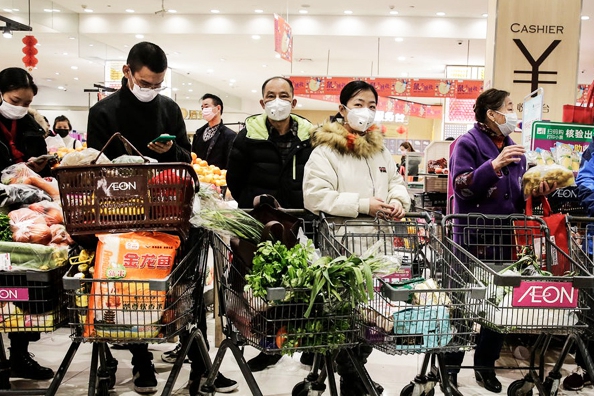The coronavirus outbreak that began in late January was one of the most severe exogenous shocks in China’s recent history, especially since it overlapped with the Chinese New Year holiday, which involves the largest population migration in human history. As of February 26th, some 80,428 cases had been confirmed in China.
The Chinese government is using monetary and fiscal policies to boost the economy. On February 2nd, the People’s Bank of China pumped $174 billion into financial markets. As of this writing, the coronavirus has been largely contained, in terms of consistently lower numbers of new cases in China, due to the state’s strong capacity to enforce curfews, and because production is now being resumed. We are not as pessimistic as our peers, such as the Thomson Reuters aggregate survey, which forecasts 4.5% Q1 growth, as we expect to see at least 5% growth. We expect real estate, banking and transportation to be negatively affected, but believe the medical, infrastructure and health areas may be positively affected.
Because of the long Chinese New Year holiday, the statistics bureau, as usual in January, only announced price and financial data. The coronavirus won’t have any real effect on the economy in January, but its impact will show up in February data.
CPI was up 5.4% y/y in January, and up 0.9 ppts from December 2019. We expect the coronavirus to have a larger effect on February data, and to contribute to a higher CPI.
Producer prices were basically stable in January. The ex-factory price of industrial goods was the same as last month, and was up 0.1% y/y, and up 0.6 ppts. PPI fell -0.3% y/y, up 1 ppts from December, and 0.2% m/m.
The coronavirus has not yet shown a significant effect on financial indicators, and the main financial indicators have so far been basically stable. At the end of January, M2 was up 8.4% y/y, and down 0.3 ppts from the end of December. But M1 growth was down 4.4 ppts. Loans from financial institutions were up 12.1% y/y, down 0.2 ppts from December.









